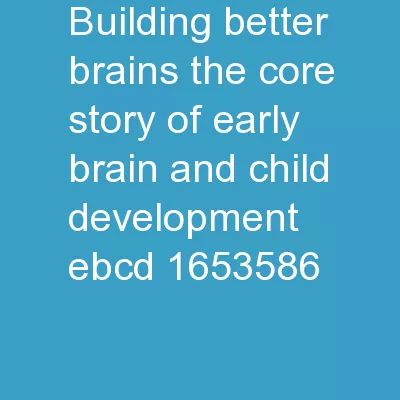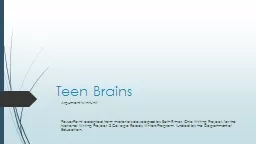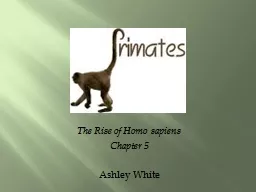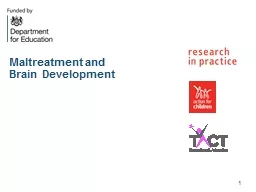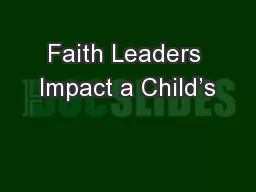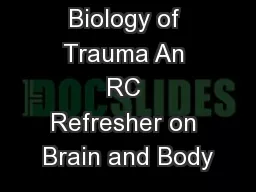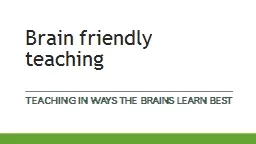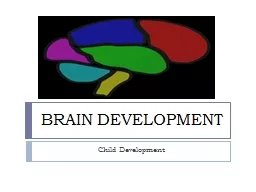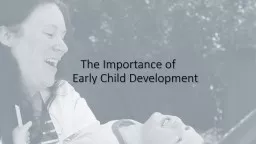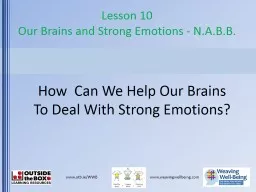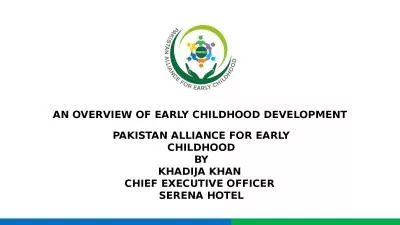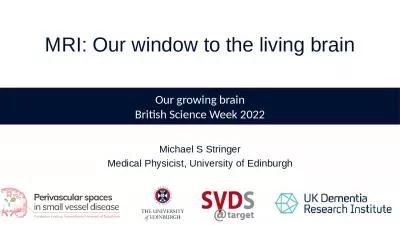PPT-Building Better Brains: The Core Story of Early Brain and Child Development (EBCD)
Author : stefany-barnette | Published Date : 2019-02-02
Name of Presenter Material developed by the American Academy of Pediatrics Revised August 2018 Objectives Participant will be able to Define the critical elements
Presentation Embed Code
Download Presentation
Download Presentation The PPT/PDF document "Building Better Brains: The Core Story o..." is the property of its rightful owner. Permission is granted to download and print the materials on this website for personal, non-commercial use only, and to display it on your personal computer provided you do not modify the materials and that you retain all copyright notices contained in the materials. By downloading content from our website, you accept the terms of this agreement.
Building Better Brains: The Core Story of Early Brain and Child Development (EBCD): Transcript
Download Rules Of Document
"Building Better Brains: The Core Story of Early Brain and Child Development (EBCD)"The content belongs to its owner. You may download and print it for personal use, without modification, and keep all copyright notices. By downloading, you agree to these terms.
Related Documents

